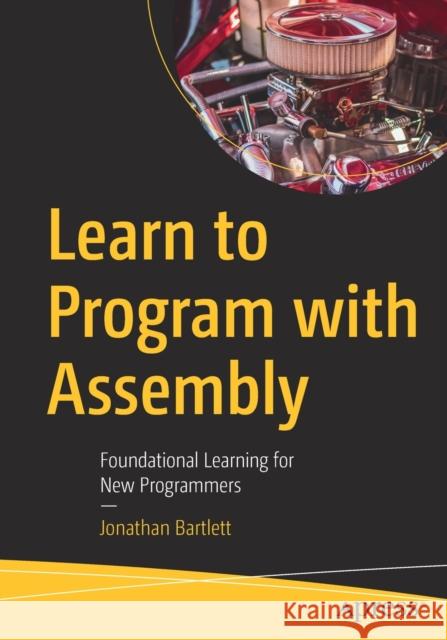Learn to Program with Assembly: Foundational Learning for New Programmers » książka
topmenu
Learn to Program with Assembly: Foundational Learning for New Programmers
ISBN-13: 9781484274361 / Angielski / Miękka / 2021 / 348 str.
Kategorie:
Kategorie BISAC:
Wydawca:
APress
Język:
Angielski
ISBN-13:
9781484274361
Rok wydania:
2021
Ilość stron:
348
Waga:
0.60 kg
Wymiary:
25.4 x 17.78 x 1.83
Oprawa:
Miękka
Wolumenów:
01
Dodatkowe informacje:
Wydanie ilustrowane











